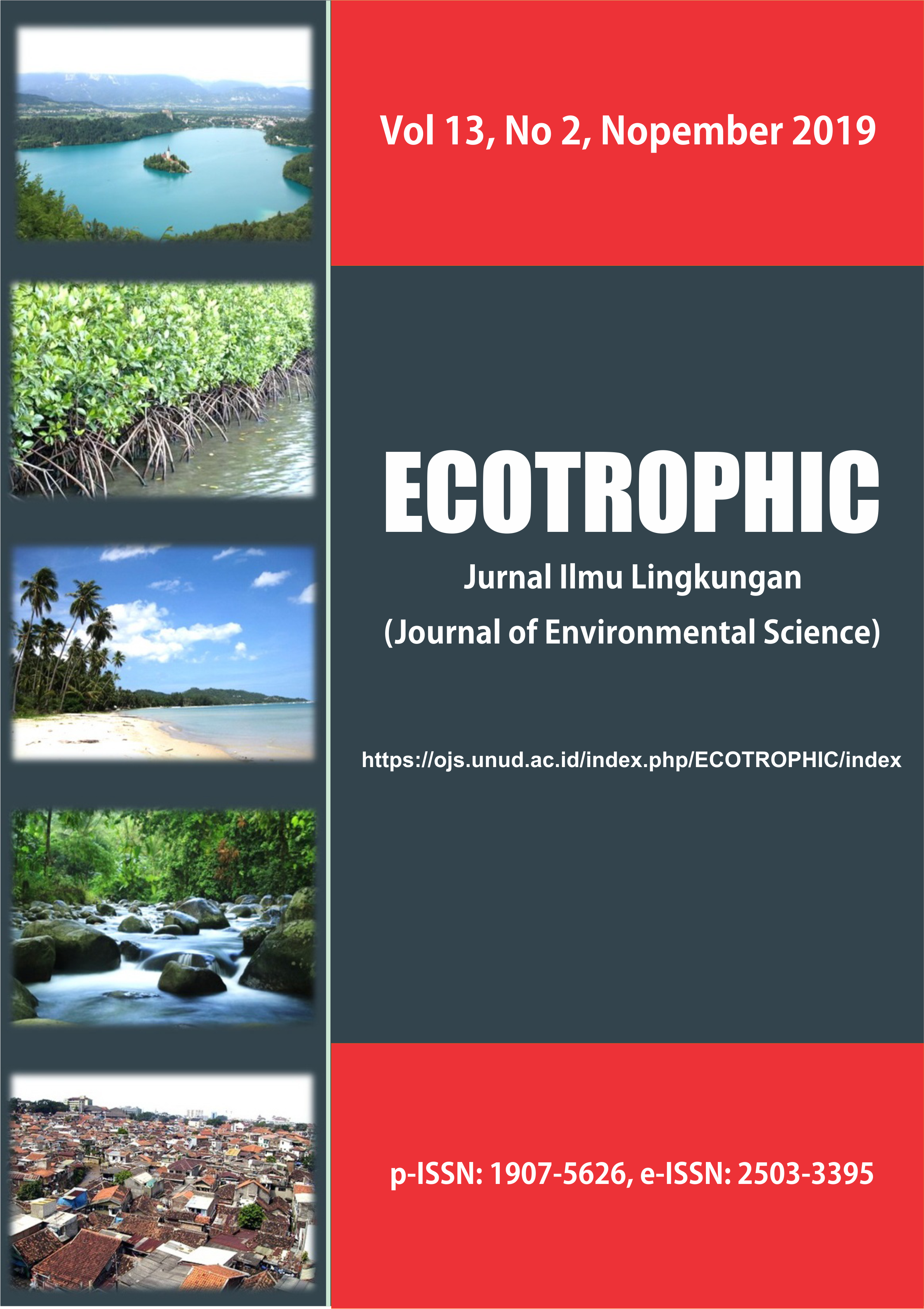PEMETAAN HABITAT PERAIRAN DANGKAL DI KAWASAN PADAT WISATA TANJUNG BENOA BALI MENGGUNAKAN DATA REMOTE SENSING
Abstract
Most of the tourism area are distributed along the coast that intersects directly with those that result in degradation of the ecosystem inside. The southern region of Bali is one region that have experienced rapid development of tourism activities. The expansion of the tourism area in Tanjung Benoa, Bali occurs to coastal areas and directly contact with underwater habitat such as coral reefs and seagrass beds which can damage the underwater ecosystem. The goal of this study is to map shallow water habitat in densely packed tourist areas Tanjung Benoa, Bali using remote sensing technique. Two satellites dataset (Sentinel-2A and Landsat 8) at different spatial and spectral resolutions were tested using Lyzenga algorithm. The maksimun likehood supervised classification is used to classify the underwater objects and accuracy test were then conducted to to evaluate the classification effectiveness. The results showed that there were three types of shallow water habitats in Tanjung Benoa coastal area, such as dead coral, seagrass, and sand. The accuracy test showed Sentinel-2A images with an overall accuracy of 80,00% and kappa accuracy of 59.27%. had higher accuracy than Landsat 8 images with an overall accuracy of 68,29% and kappa accuracy of 35,43%.
Keywords: Remote Sensing; Shallow Water Habitat; Tanjung Benoa; Sentinel-2 A; Landsat 8
Downloads

This work is licensed under a Creative Commons Attribution 4.0 International License.


